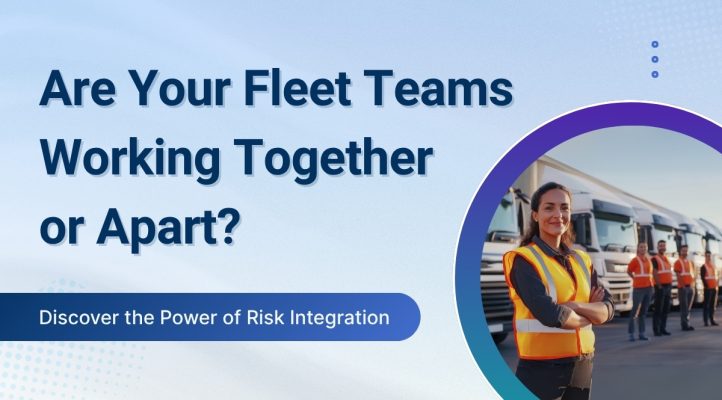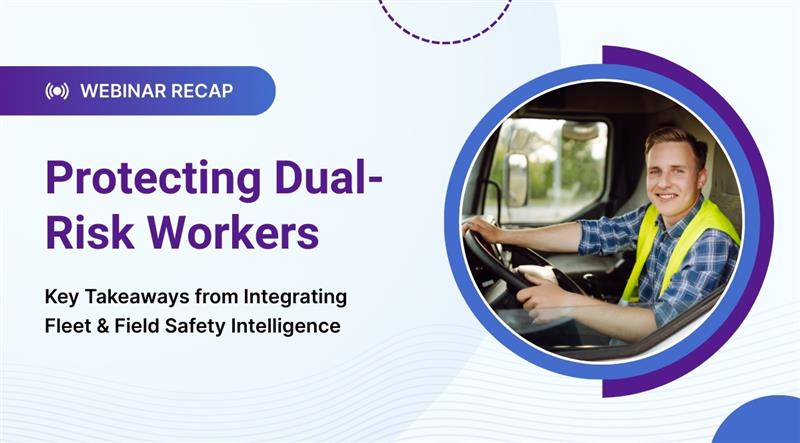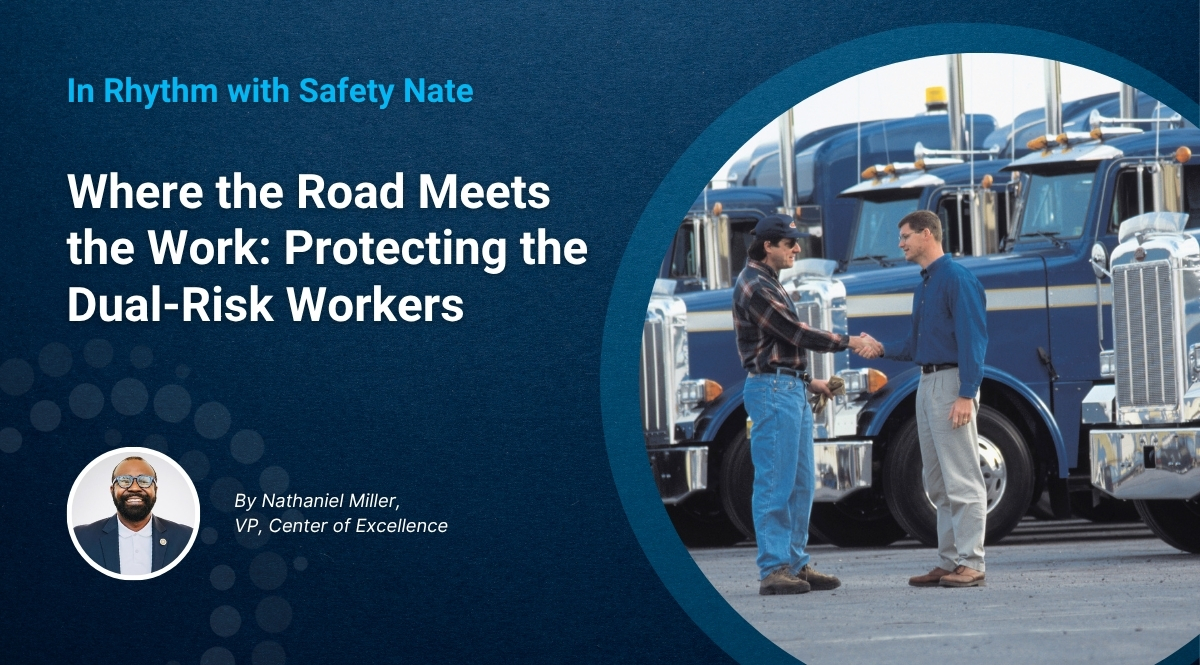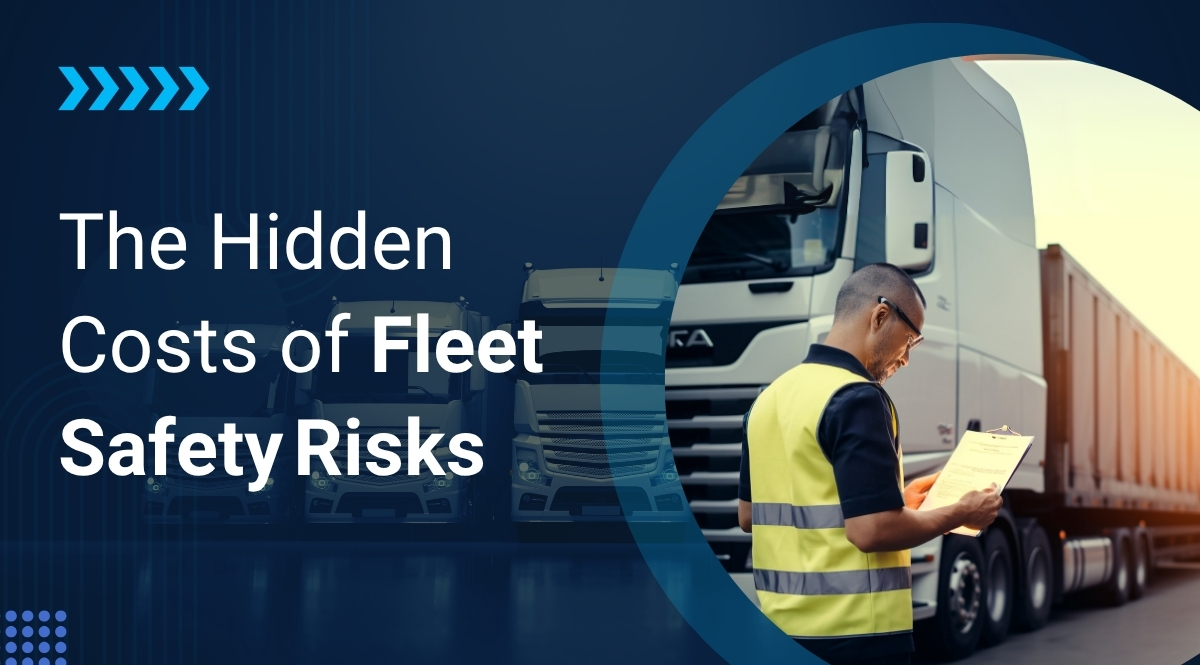From Silos to Safety: Why Integrated Risk Management Matters

With commercial fleet accident rates reaching 20% annually, fleet managers face mounting pressure to improve safety outcomes while maintaining operational efficiency. Many organizations, however, continue to manage fleet risk through isolated departmental approaches – a strategy that doesn’t just create dangerous blind spots, but delays responses too. Effective risk management lies not in optimizing individual departmental performance, but breaking down silos to create integrated, cross-functional risk management systems.
The Silo Mentality
The silo mentality describes the tendency of departments to operate independently, withholding information and avoiding collaboration with other teams. This mindset can severely undermine risk management efforts. When each team focuses only on risks within its own domain, the organization loses the ability to assess risks holistically.
According to new data from Auditboard, more than 86% of audit and risk professionals believe that data silos affect their team’s ability to manage risk effectively[1].As a result of siloing, risks may be duplicated, overlooked, or misunderstood – leading to gaps in preparedness and response. An effective fleet risk management strategy requires cross-functional collaboration, shared data, and a culture that prioritizes transparency and alignment.

What can go wrong with silos?
Picture this: One of your drivers is too busy scrolling through cooking recipes to look at the road, and your telematics platform pings it as a cause for concern. Safety sees this and realizes the problem, but they need to pass it on to operations to properly enforce anything. Operations get a ‘strongly worded recommendation’ from safety, but they see the driver as a “reliable” deliverer and continue to keep them in service to match quotas – after all, Safety handles training concerns. HR, seeing the driver hasn’t been scheduled for anything, assumes there’s no issue and thus no discipline needed. All the while, Legal doesn’t have any trends to analyze and prepare preemptive actions for.
Then, BOOM! The driver rear ends a car in front of them causing a massive pileup on the interstate. Safety says they couldn’t enforce compliance of the driver’s behaviors, Operations says they never knew their severity, HR is caught flat-footed, and Legal is scrambling to manage a high-liability case with no base knowledge. What a mess!
The Benefits of Integrated Risk Management
Now let’s reimagine this situation with an integrated risk management approach: Safety still identifies the driver’s distracted driving habits, but by the time they scroll through their third brownie recipe, HR already has clear and documented coaching prepared, Operations has moved the worker to lower-risk assignments, and Legal is alerted before the problem becomes a significant issue. Now, Safety and HR are actively partnering to adjust training to lessons they already learned, coach drivers before the concerning behaviors start, and create a better working culture. This is the power of integration: isolated reactions can turn into coordinated preventative actions before risk becomes reality. This will drive efficiency.
Integrated Risk Management (IRM) architectures enhance an organization’s ability to properly assess and manage risks by providing a unified framework of risk assessment, mitigation, prevention, and monitoring between departments. Risks can be viewed holistically, supporting proactive decision making and aligning departments in strategic goals to optimize a system. By creating a joint culture of risk awareness, IRM architectures empower an organization to respond swiftly and effectively to emerging threats: reducing silos and enhancing accountability.
Instead of reactive firefighting, teams operate with shared context and foresight – HR isn’t just coaching, but measuring impact; Safety isn’t just flagging, but helping shape policy; and Legal isn’t just defending, but helping prevent exposure. Integrated Risk Management turns fragmented data into actionable insight, improving resilience, compliance, and performance. When risks are everyone’s business, the organization becomes more agile, informed, and forward thinking[2].IRM isn’t just a tool – it’s a mindset that drives smarter, faster, and safer decisions across the enterprise.
Integrated Risk Management is no longer just a ‘good thing to have’ but a strategic necessity for modern fleet operations. In today’s high-risk, high-speed environment, fragmented data and siloed teams are liabilities. True resilience comes from unifying insights, aligning departments, and acting with shared intent. By embedding IRM into the culture of your organization, you don’t just improve safety, you strengthen every part of your business from compliance and HR to operations and legal preparedness. It’s not about more dashboards or more meetings; it’s about more clarity, more agility, and fewer surprises. When everyone sees the full picture, everyone can act faster and smarter. That’s how you stop the next pileup – before it happens.




